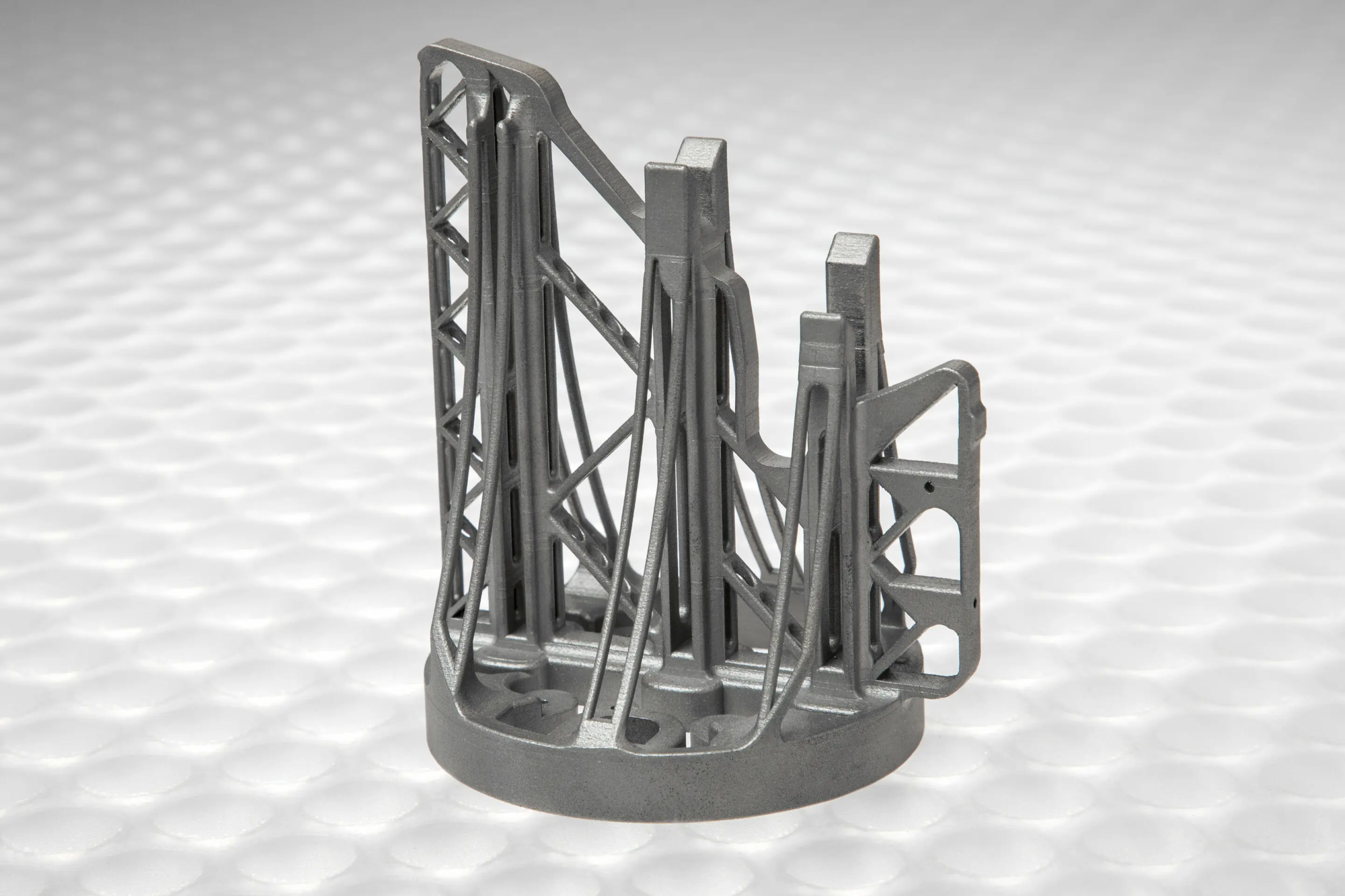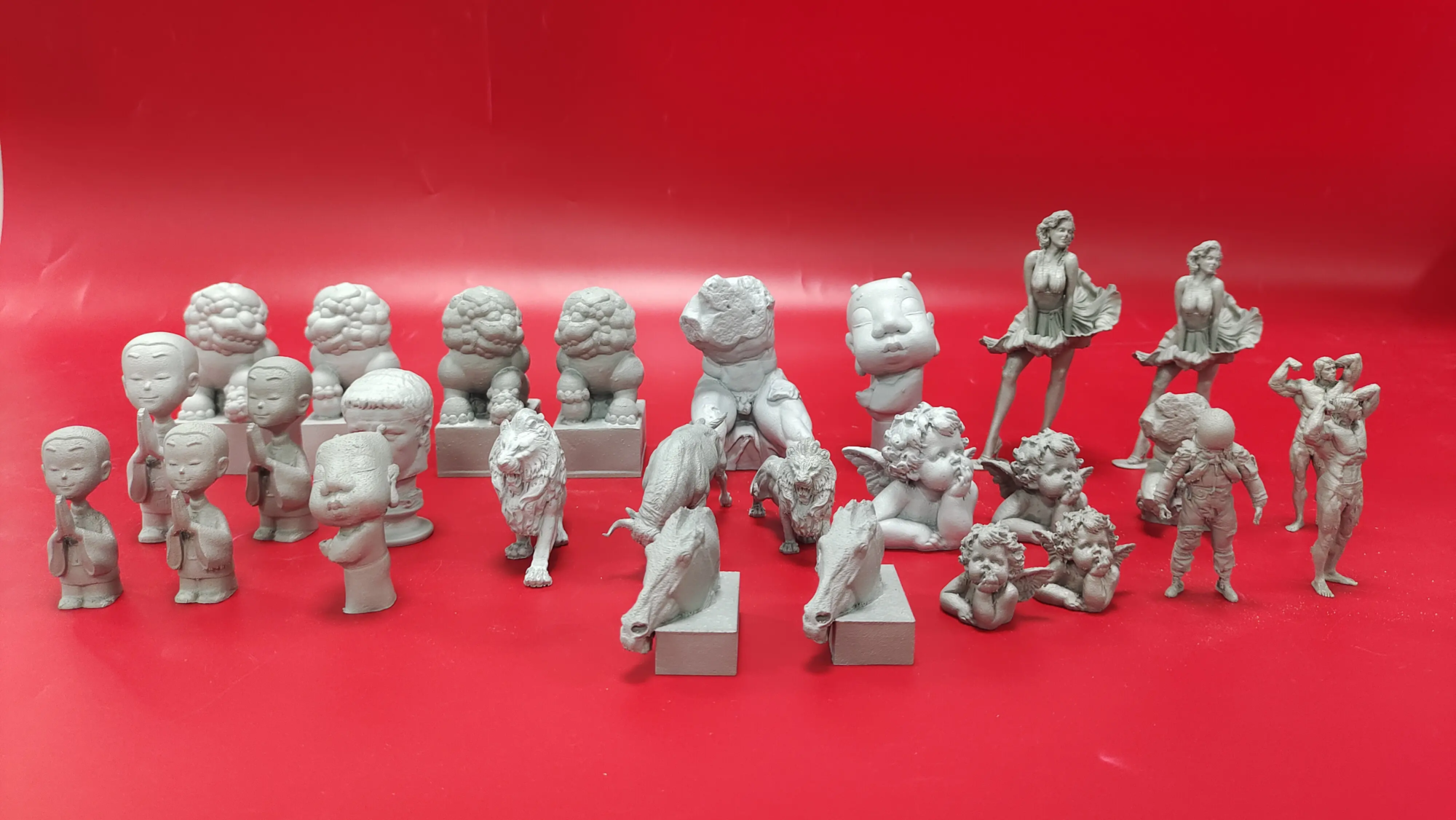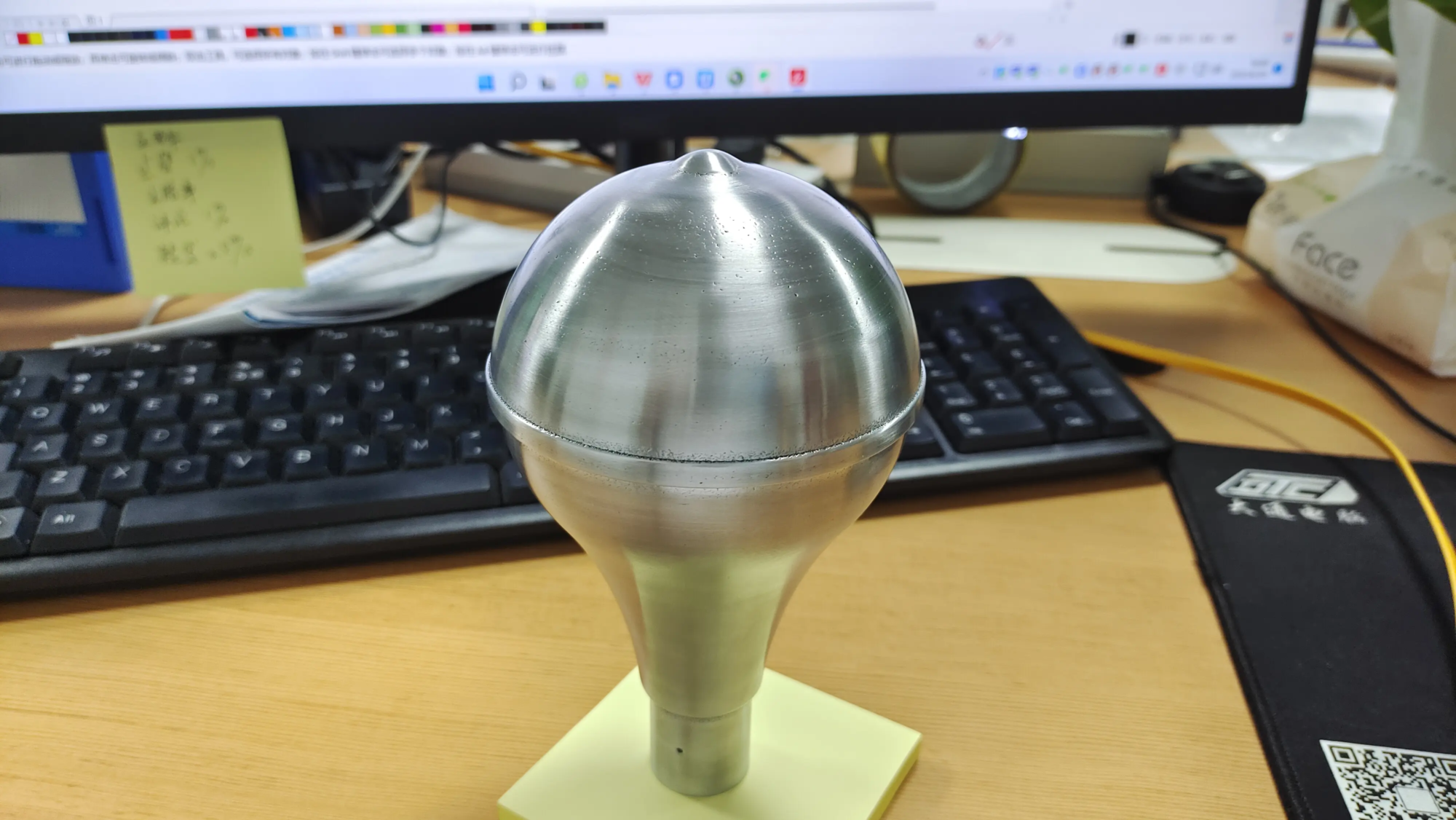Since September 2022, the Beijing Association for Science and Technology has actively carried out the particular action of “thousands of people entering thousands of companies” in accordance with the work agreements of the municipal government of Beijing, and has obtained certain results by selecting Industrial commissioners to serve companies. Currently, there are more than 3,500 industry commissioners, covering 12 areas such as medicine and health, integrated circuits and intelligent equipment, and serving more than 9,500 companies of all types.
In order to take advantage of the advantages of the talents of the Association for Science and Technology, to make known personalities and cases of typical industry commissioners and to encourage more academics and experts to participate in the work of “” Thousands of people enter thousands of companies “and to help the construction of Beijing International Science and Technology Innovation Center, we will especially launch” thousands of people entering thousands of people entering thousands of people who go thousands of People who go from thousands of businesses ”, the chronicle has relevant experience and achievements.
Zhang Yonghong is a doctorate in engineering at the Beijing University of Technology and is currently Managing Director of Beijing Space Zhizhu Technology Co., Ltd. As an industry commissioner, Zhang Yonghong led his team to carry out cooperation in search of the university industry with Beijing Wenhe Renli Construction Technology Co., Ltd. Printing technology.
In order to really apply this technology to real projects, Zhang Yonghong and his team led a large number of scientific experiences and research. They settled academic achievements and engineering experience in the country and abroad to build a 3D concrete structure technology, formed a summary report and provided valuable knowledge resources to industry. At the same time, they also carried out scientific experiments on the construction of 3D concrete materials, components, global structures, etc., and obtained pilot data, which provided a solid base for optimization and a technology application.
Render and real printed photos of the Chongqing tea pavilion project
During the implementation of the project, he led the team to participate in the structural design of the Chongqing Tea Pavilion Project, in the design of the NICHOMBE structure of public mobile toilets on Chunyu Road, Luzhou, Sichuan, the design Structural of the thin room, and the 3D printed structural materials of the construction of high performance solid waste. These projects prove not only the feasibility and practicality of 3D printing architecture technology, but also offer a precious experience for the promotion and application of technology.
Zhang Yonghong believes that scientific and technological innovation and the implementation of the project complement and are inseparable. Scientific and technological innovation offers the possibility and basis of the implementation of the project. By introducing 3D printing technology into architecture, they have not only solved many problems in the traditional construction of buildings, but have also brought new commercial opportunities and growth points to businesses. At the same time, the implementation of the project is also a verification and feedback of scientific and technological innovation. In practical applications, they continually collect data and comments, and continually optimize and improve technology to make it more in line with market demand and industry trends.
The Zhang Yonghong team has achieved in -depth integration of science and technology and industry thanks to industry cooperation with universities such as the Chinese mining and technology university, the Chinese University of Chinese University Geosciences, and has promoted jointly the innovation and the development of 3D architecture technology. He believes that as an important source of scientific research and innovation, universities provide rich academic resources and research strength.
3D printing of personalized frame buildings for research institutes and universities
Thanks to cooperation with companies, the results of scientific research in universities can be quickly transformed into practical applications, shortening the cycle of scientific and technological innovation in industrial application. This cooperation model accelerates not only the process of research and development of new technologies, but also promotes technological innovation and industrial upgrading in the field.
At the same time, school cooperation-business has also favored the training of talents and the exchange of knowledge. Zhang Yonghong’s team works in close collaboration with the university research team to jointly carry out research and development of advanced technologies and innovative products. In this process, they have not only solved many technical problems, but also cultivated a group of talents with interdisciplinary knowledge and innovation capacities. These tasks not only improve the technical level and business management capacities, but also reserve talents for the future development of the company.
Office building machine of 3D printing robot personalized for research institutes and universities
In the process of cooperation with universities, the team of Zhang Yonghong has also encountered many challenges. Among them, technical obstacles are one of the biggest problems they face. In order to overcome these technical difficulties, they trained an interdisciplinary research team and brought together experts from several areas to solve the problem. Thanks to joint efforts and collaborative innovation, they have managed to cross a certain number of key technologies, providing strong support for the smooth implementation of the project.
With regard to the future trend in development of school cooperation-business, Zhang Yonghong said: “In the future, school cooperation-business will pay more attention to deep integration, not only cooperation at the level of the project level Or technical level, but involves many aspects such as talent training, scientific research innovation and processing of achievements.
Based on the current practice of cooperation in the school company, Zhang Yonghong expressed his experience. First of all, universities and companies can jointly formulate talent training plans based on market demand and industry development trends to cultivate personalized talents that meet the needs of businesses. This model can improve the relevance and efficiency of talent training and provide companies with more high quality and highly qualified talents.
Print box – Snowflake on Chang’an Street, Beijing Winter Olympics
Second, universities and companies can jointly build innovation platforms, such as laboratories, R&D centers, etc., and jointly carry out the research and development of advanced technologies and innovative products. This model can bring together the resources and advantages of both parties and promote technological innovation and industrial improvement.
Innovation is an inexhaustible driving force for the development of industry, and cooperation is an important means of carrying out innovation. For the future, the action “thousands of people falls into thousands of companies” will continue to play the role of a bridge and a link, to create a cooperation platform for more universities, of research and business institutions, and to promote technological innovation and industrial upgrade jointly. On the road to innovation, universities and companies work together to create a better future.





